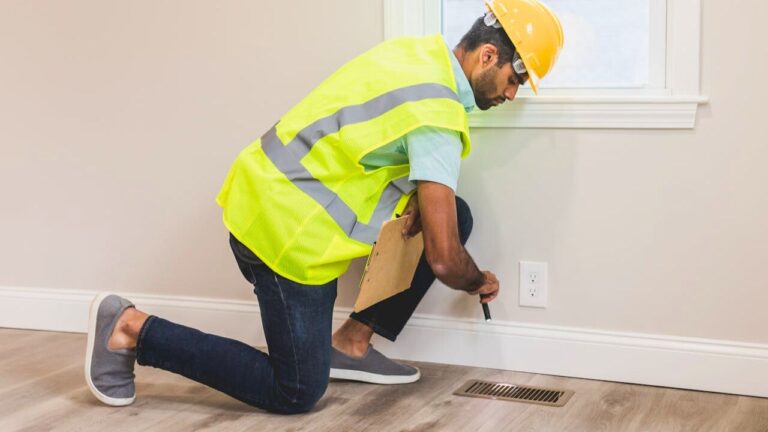10 Power Strip Mistakes That Could Ruin Your Stuff
Power strips are everywhere—but most people use them wrong. They’re supposed to help protect your electronics and manage your setup, but if you misuse them, they can actually cause damage. Here’s what to stop doing if you want to keep your stuff safe.
Plugging in Too Many High-Wattage Devices

Power strips aren’t meant for heaters, toasters, or air conditioners. If you plug in more than one high-watt device, you’re asking for a blown fuse or worse.
Stick to low-draw items like chargers, lamps, and computers. If something gets hot or has a motor, give it its own dedicated outlet.
Daisy-Chaining Multiple Strips Together
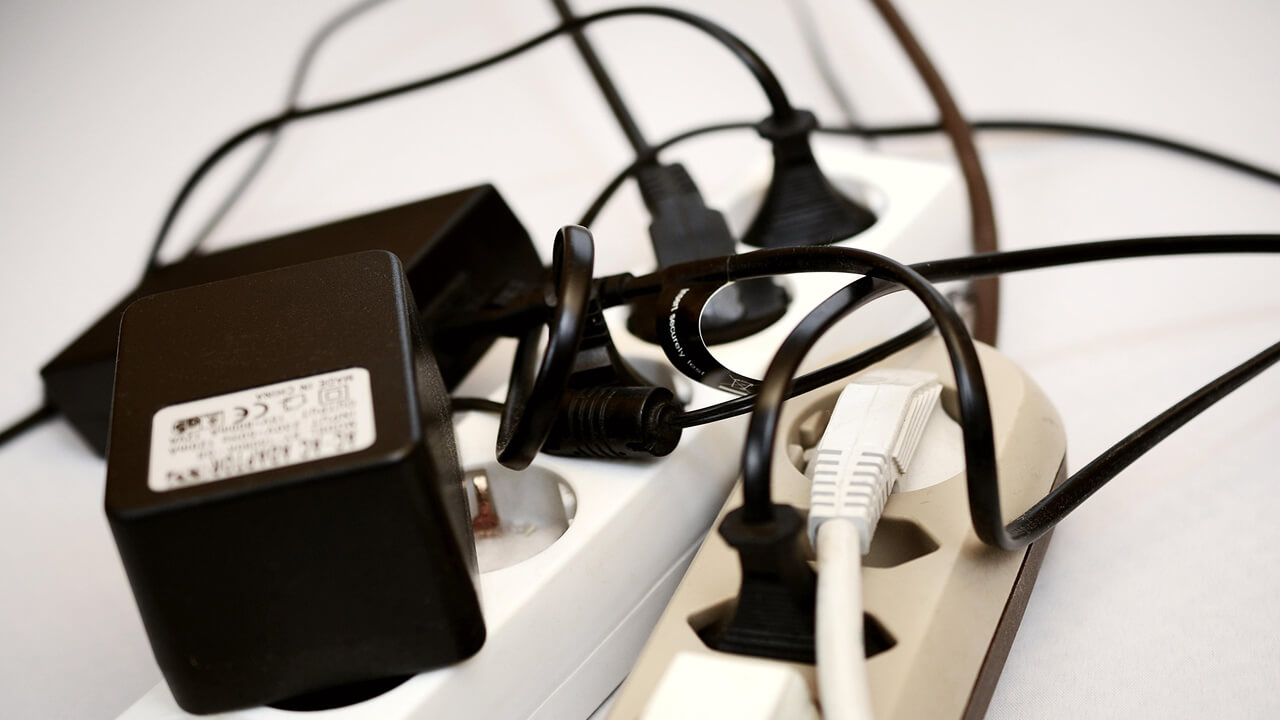
Plugging one power strip into another is a fast way to overload the system. It also voids most warranties and breaks electrical code.
If you need more outlets, you need a better solution—not a tangle of cheap strips stacked on each other.
Using Them Outdoors When They’re Not Rated For It
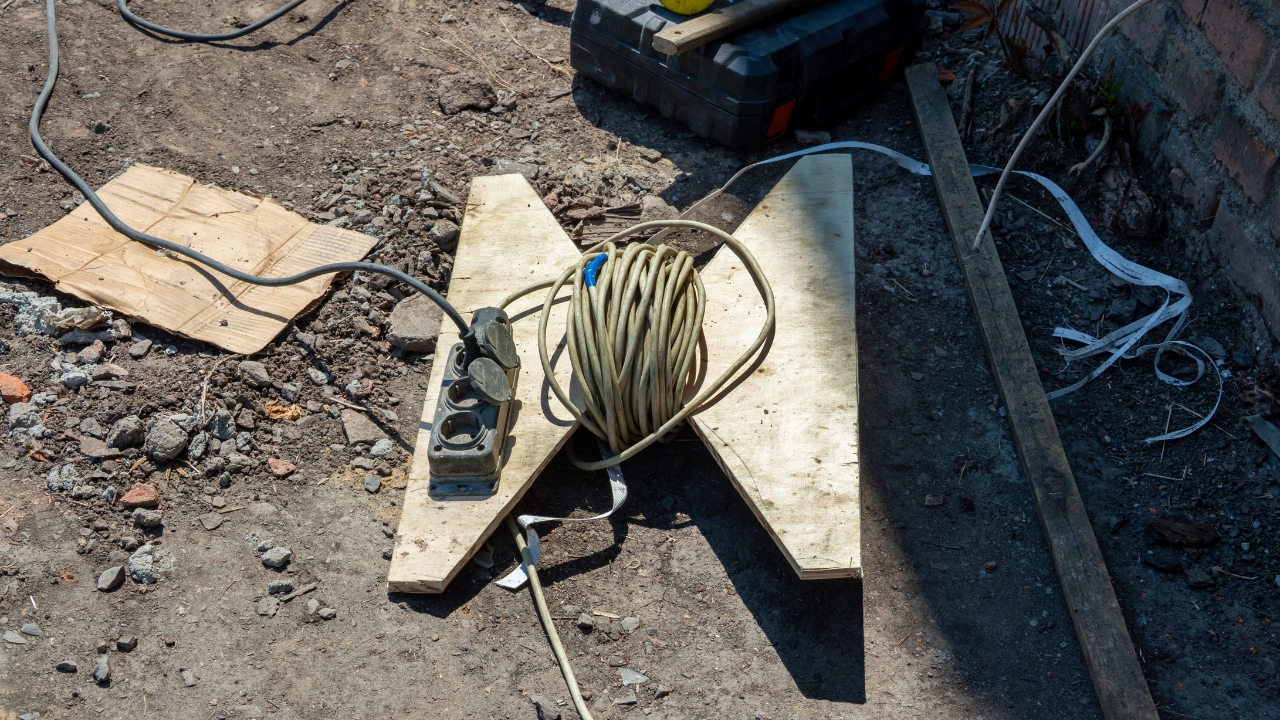
If you’re running a power strip to the porch or barn, make sure it’s weather-rated. Indoor strips can’t handle moisture and will short out fast.
Use an outdoor-rated extension cord instead, or install a proper outlet where you need it.
Ignoring Surge Protection Ratings

Not all power strips are surge protectors. If it doesn’t list a joule rating, it’s basically just a splitter. And even good ones wear out over time.
Replace old strips every few years and make sure you’re using actual surge protectors for anything valuable.
Covering Power Strips With Rugs or Furniture

Power strips need airflow. Covering them traps heat and increases the risk of overheating—especially if they’re running several devices at once.
Keep them out in the open where cords can breathe, and never tuck them under carpets to hide the mess.
Leaving Them Plugged In With Nothing Connected
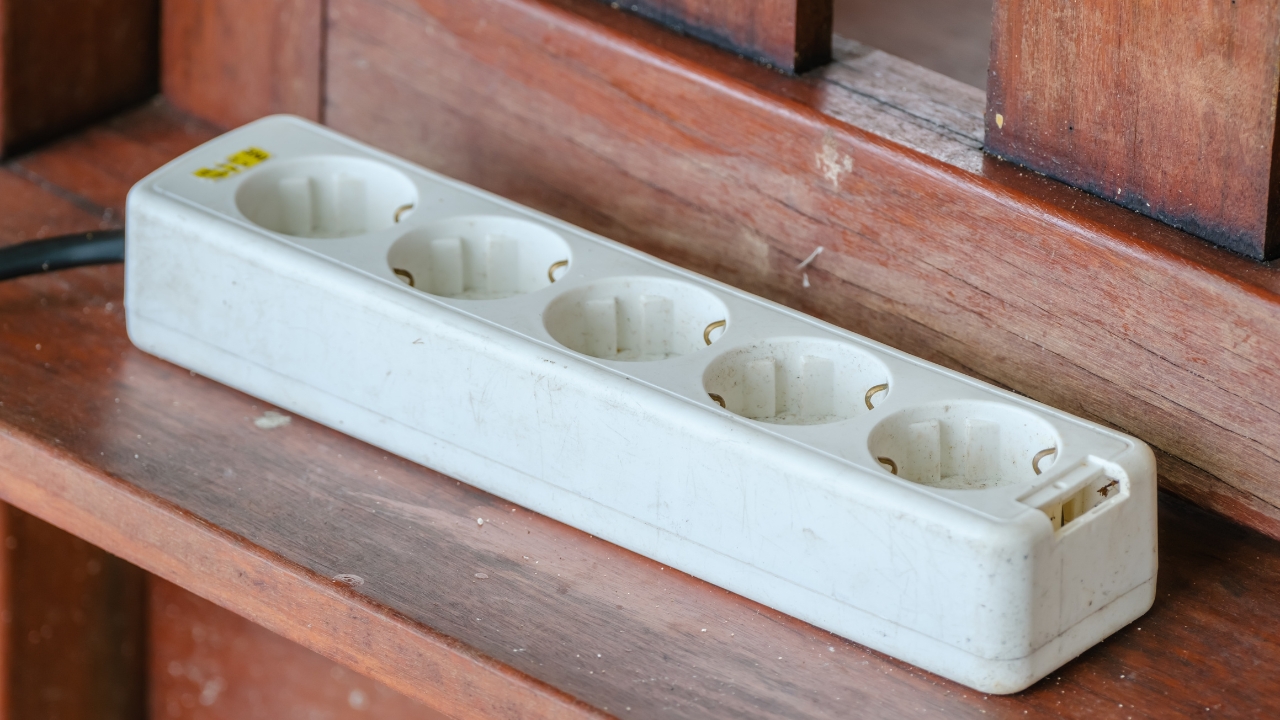
Power strips continue to draw a small amount of power even when nothing’s plugged in. Over time, that can cause wear on the internal components.
Unplug the whole strip if you’re not using it for a while. It saves energy and keeps it from wearing out prematurely.
Letting Pets or Kids Near Them

Dangling cords and open outlets are tempting for both toddlers and pets. Chewed cords or spilled juice can destroy your gear—and cause electrical injuries.
Mount strips higher off the floor or hide them behind furniture. Use cord covers if needed to protect everything and everyone.
Not Resetting After a Surge Trip
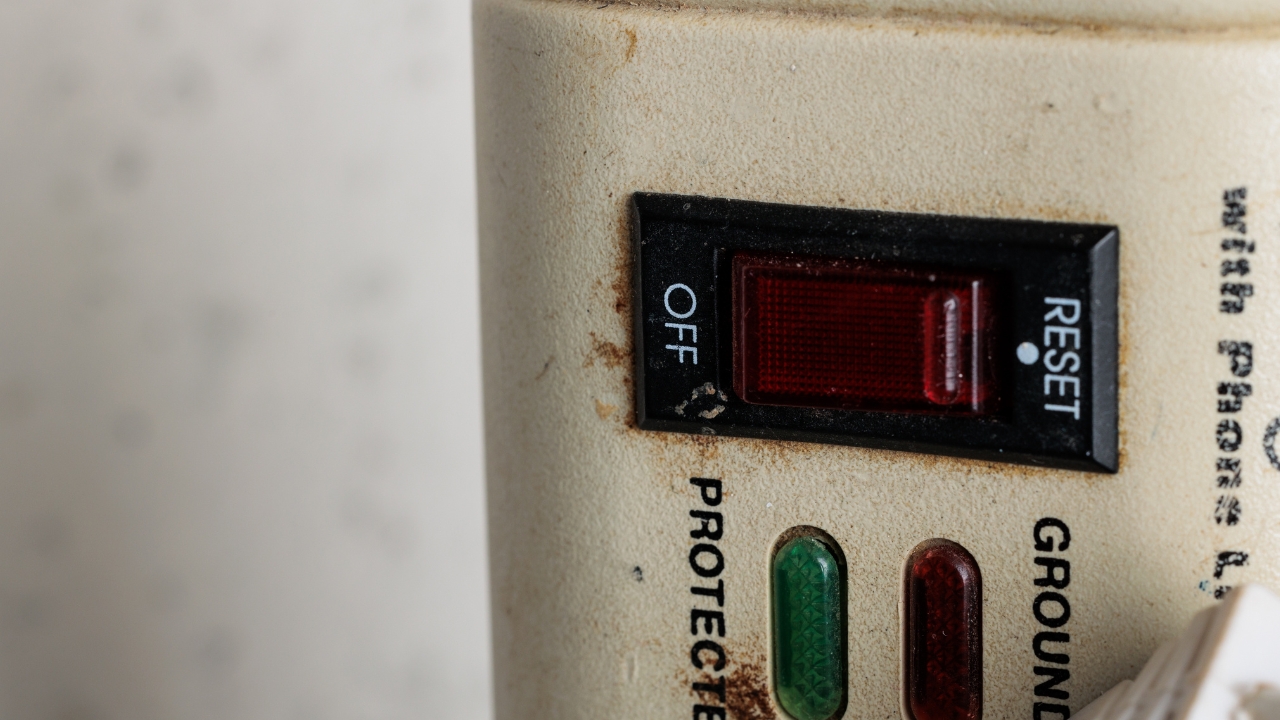
Many surge protectors have a reset switch. If it trips and you don’t notice, your devices might not be protected anymore—even if they’re still running.
Check your power strips after every big storm or flicker. If the switch is popped or the light is off, reset or replace it.
Using Worn-Out Strips with Loose Outlets
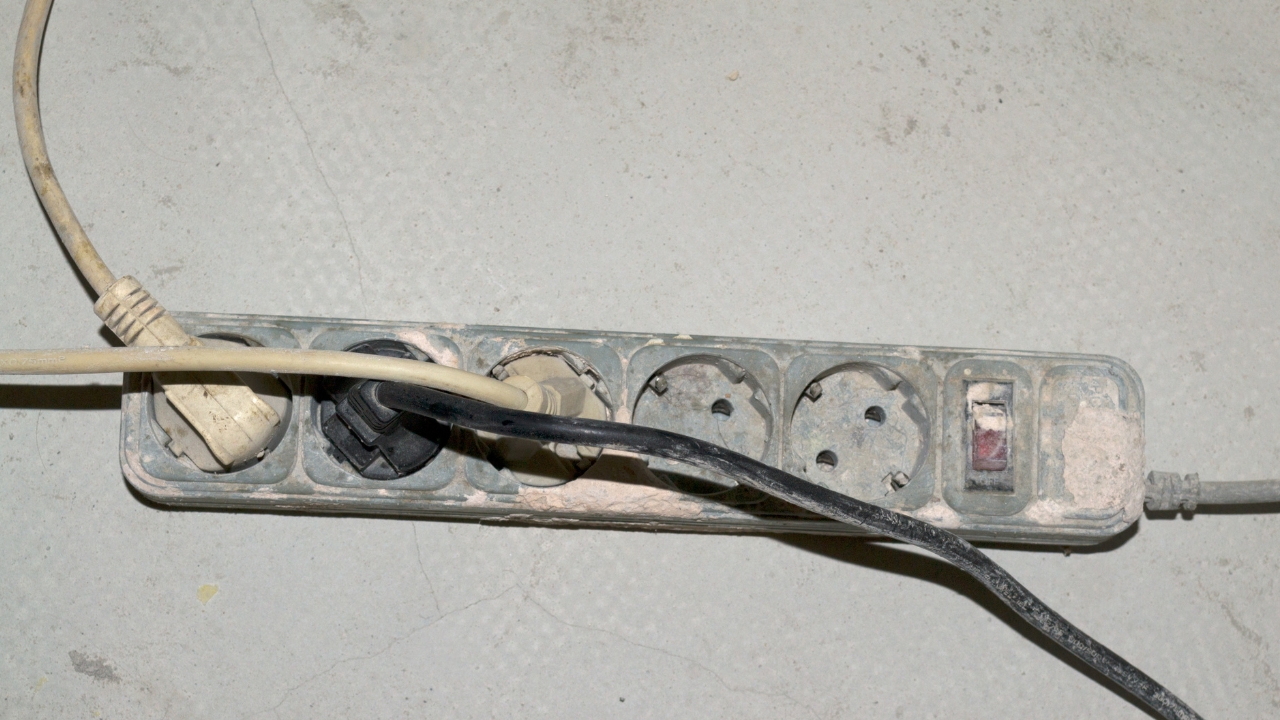
If your plugs fall out easily or wiggle when you insert them, the power strip is worn out. That looseness causes arcing and can destroy electronics over time.
Toss any strip with loose sockets. It’s not worth the risk.
Mounting Them in the Wrong Direction

If your strip is mounted vertically with heavy cords hanging down, the weight pulls on the plugs and wears out the connections.
Mount horizontally or use clips to relieve tension. Keeping plugs secure helps prevent arcing and early failure.
*This article was developed with AI-powered tools and has been carefully reviewed by our editors.



